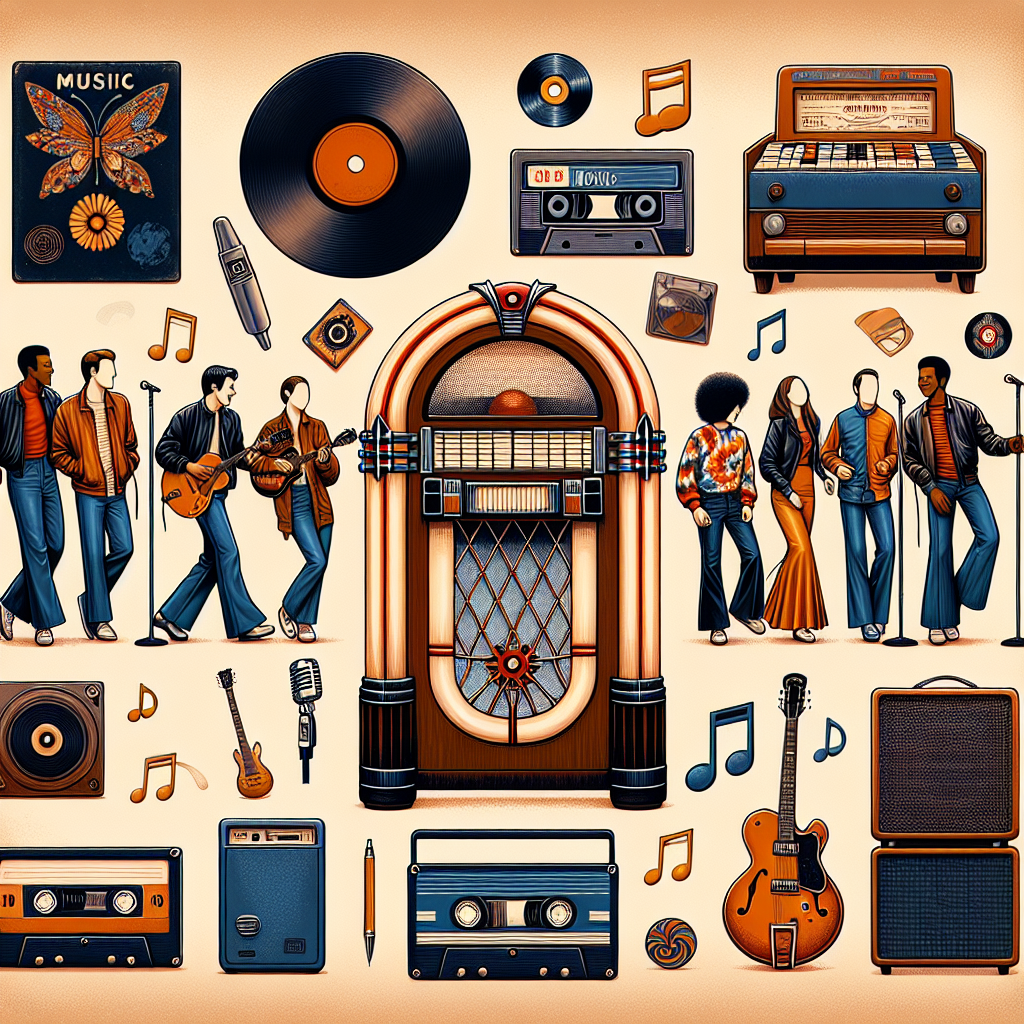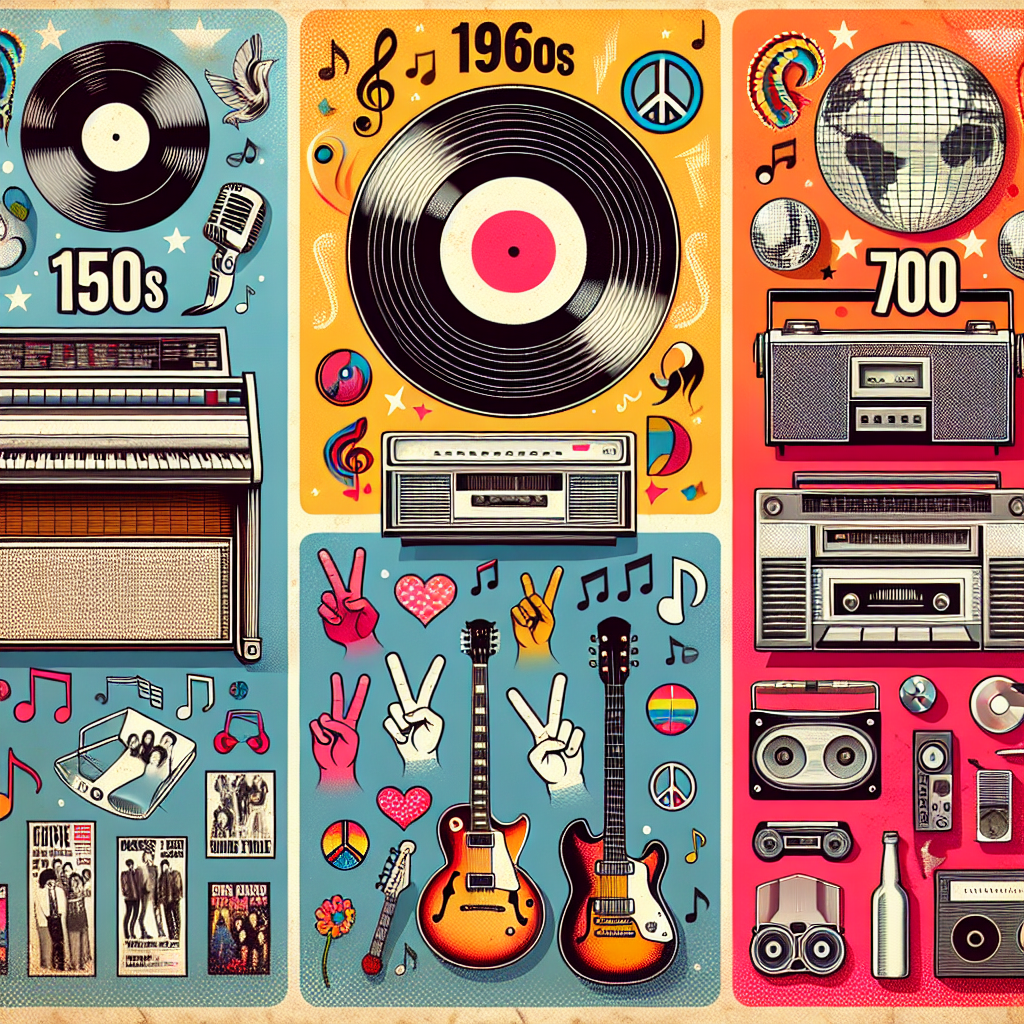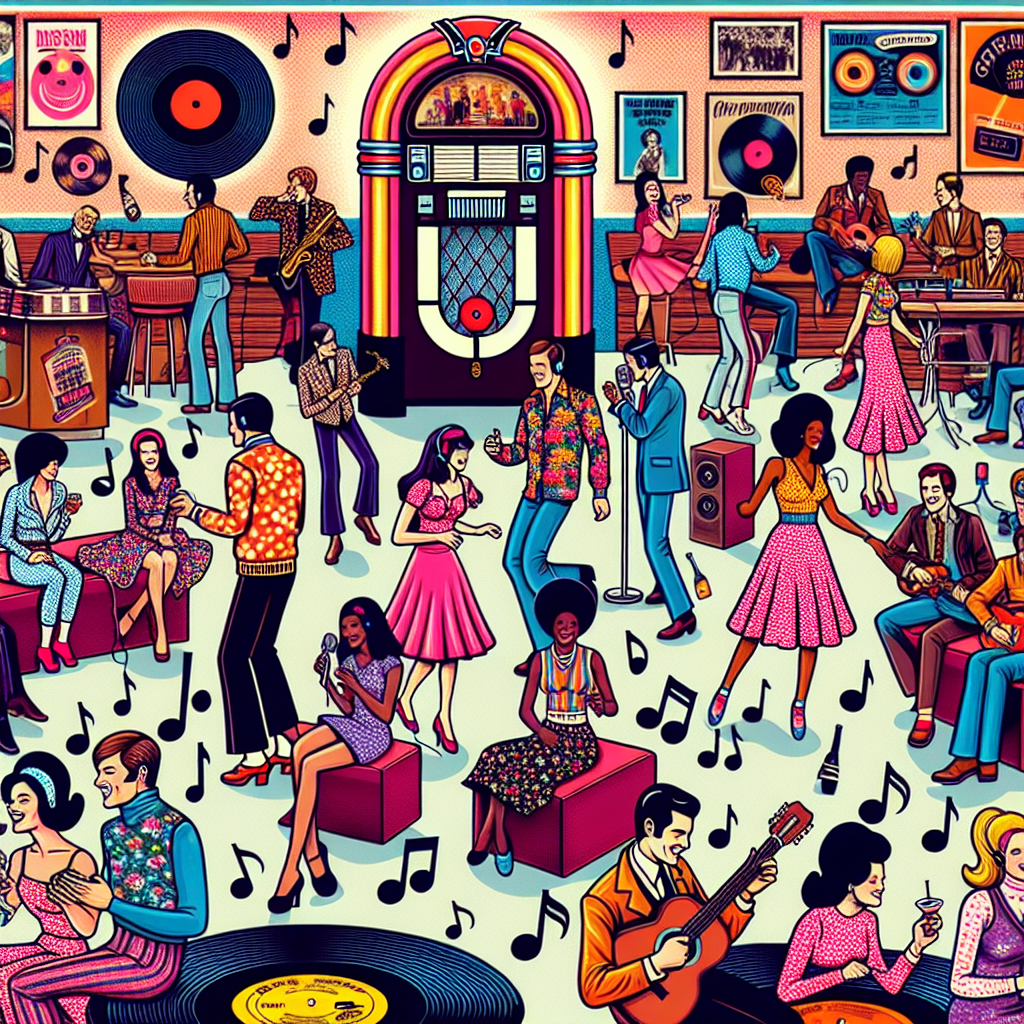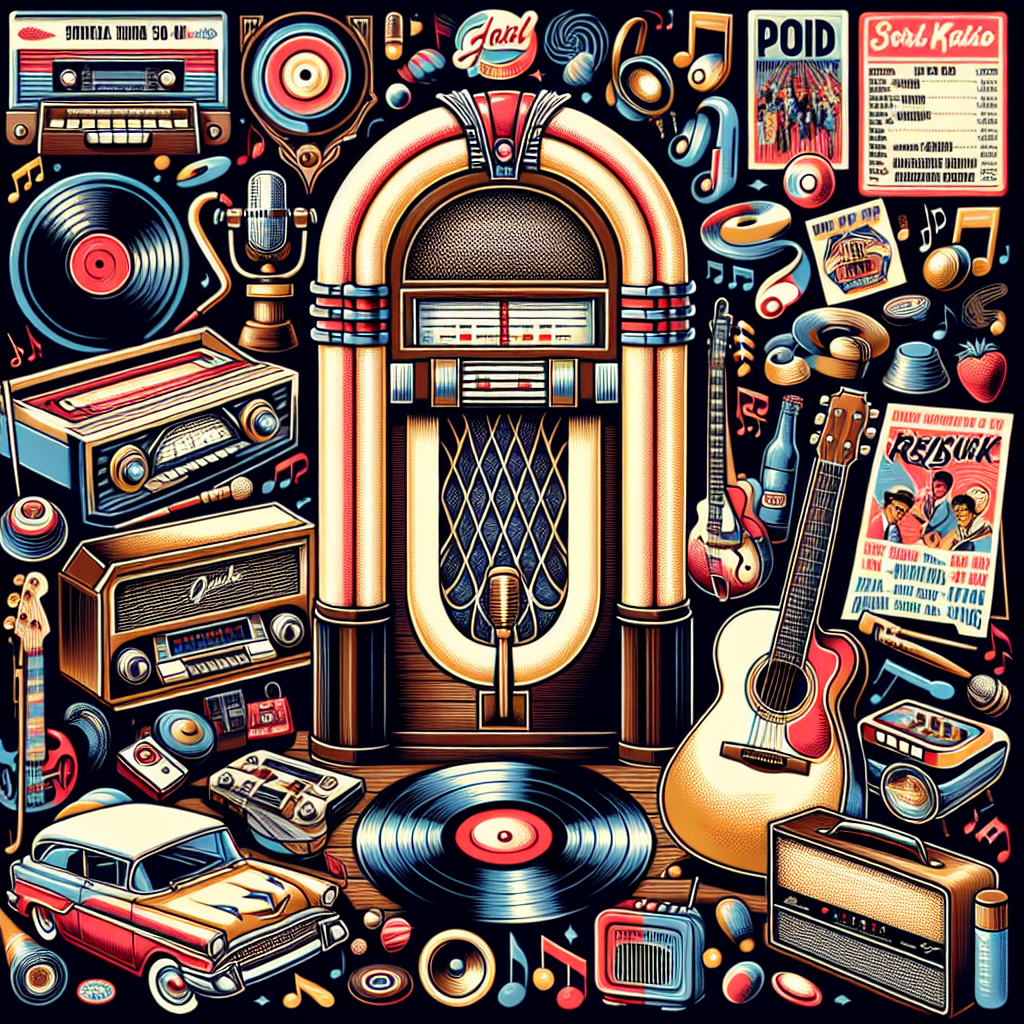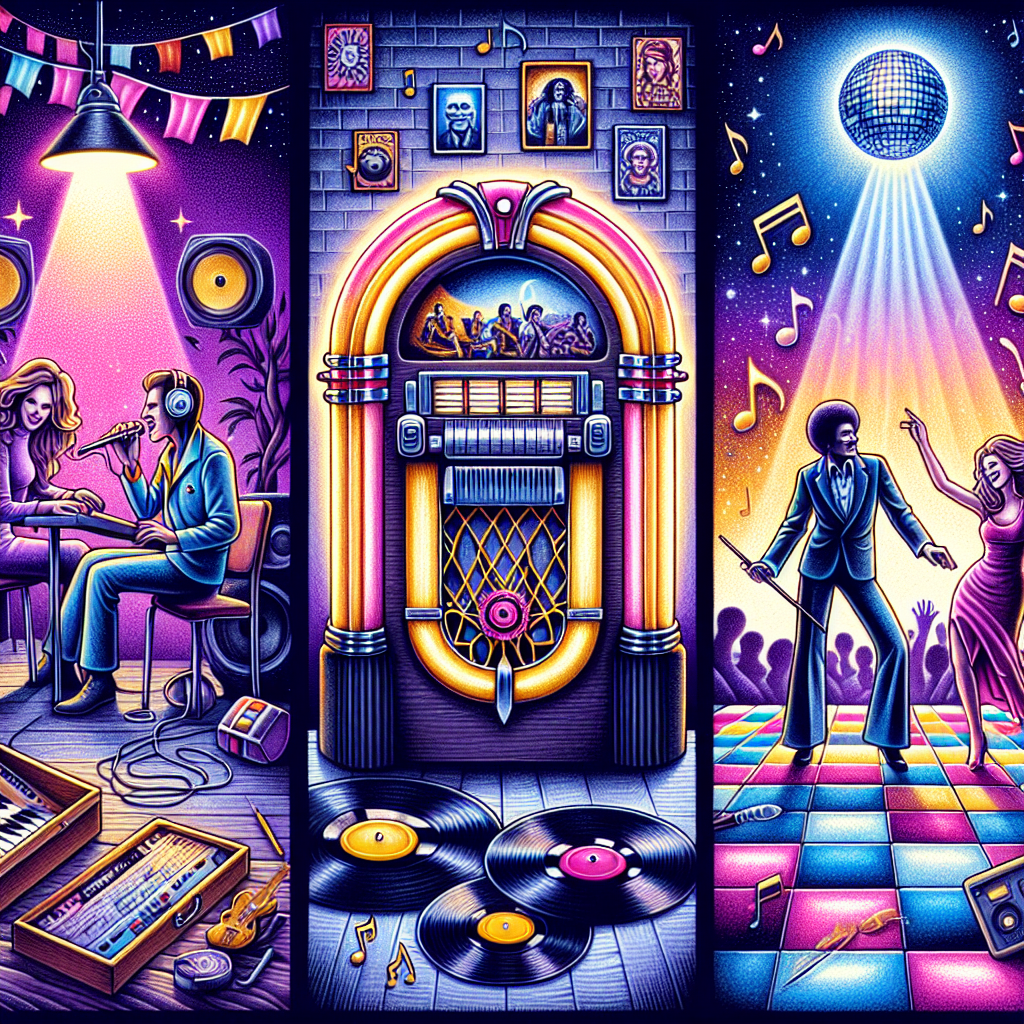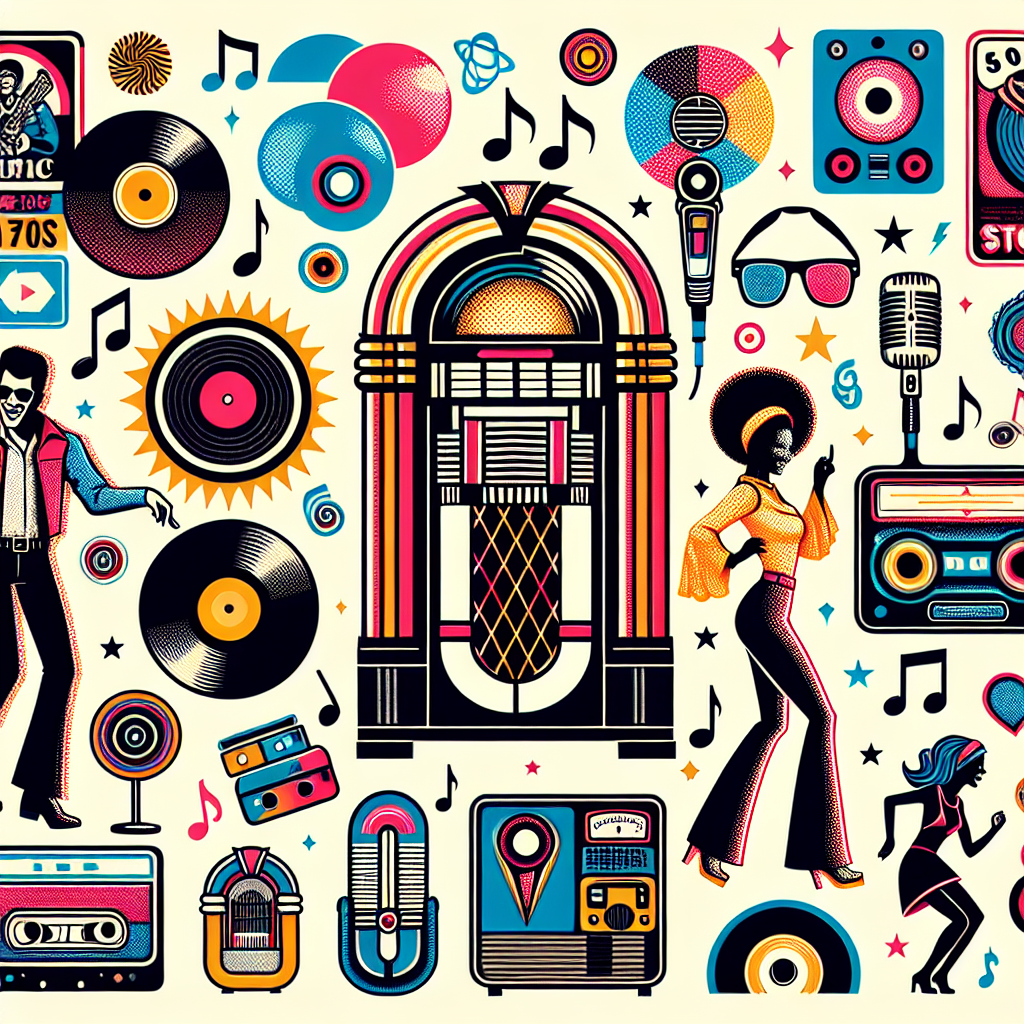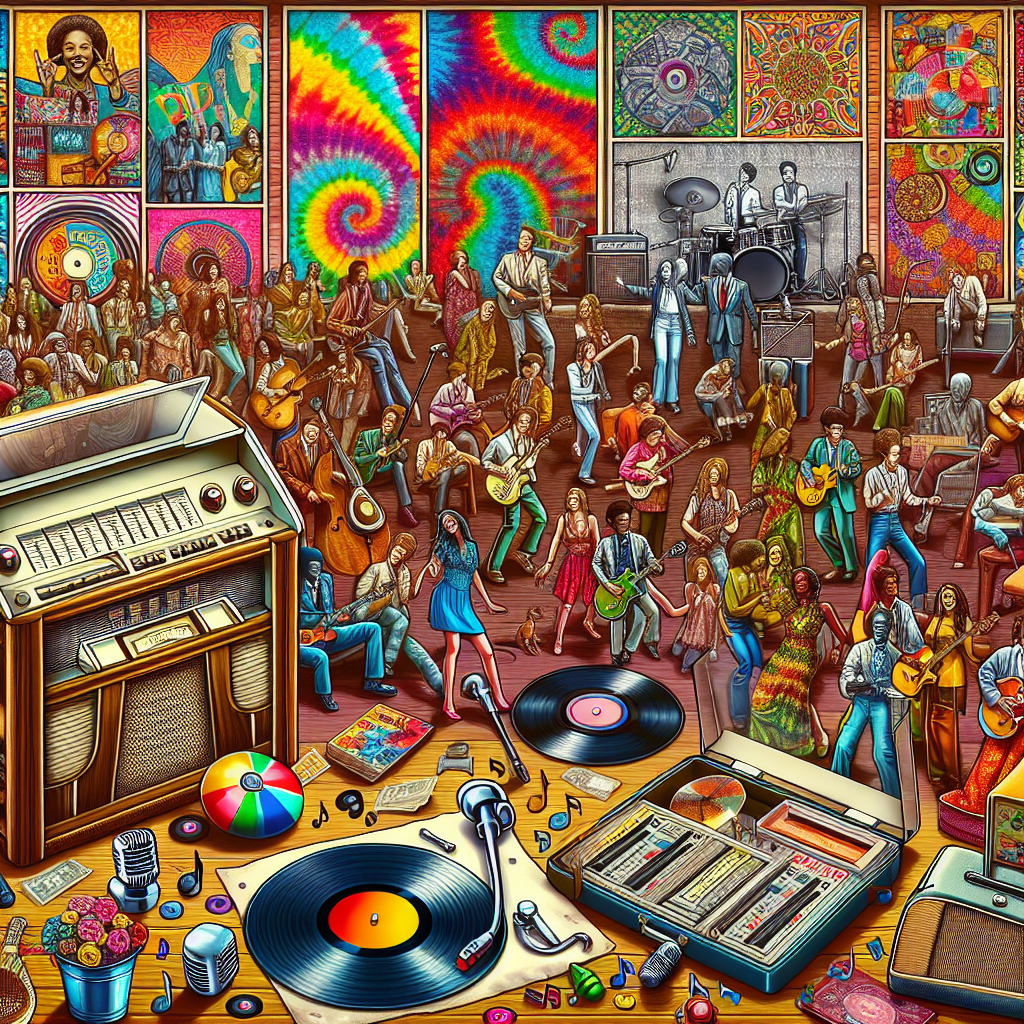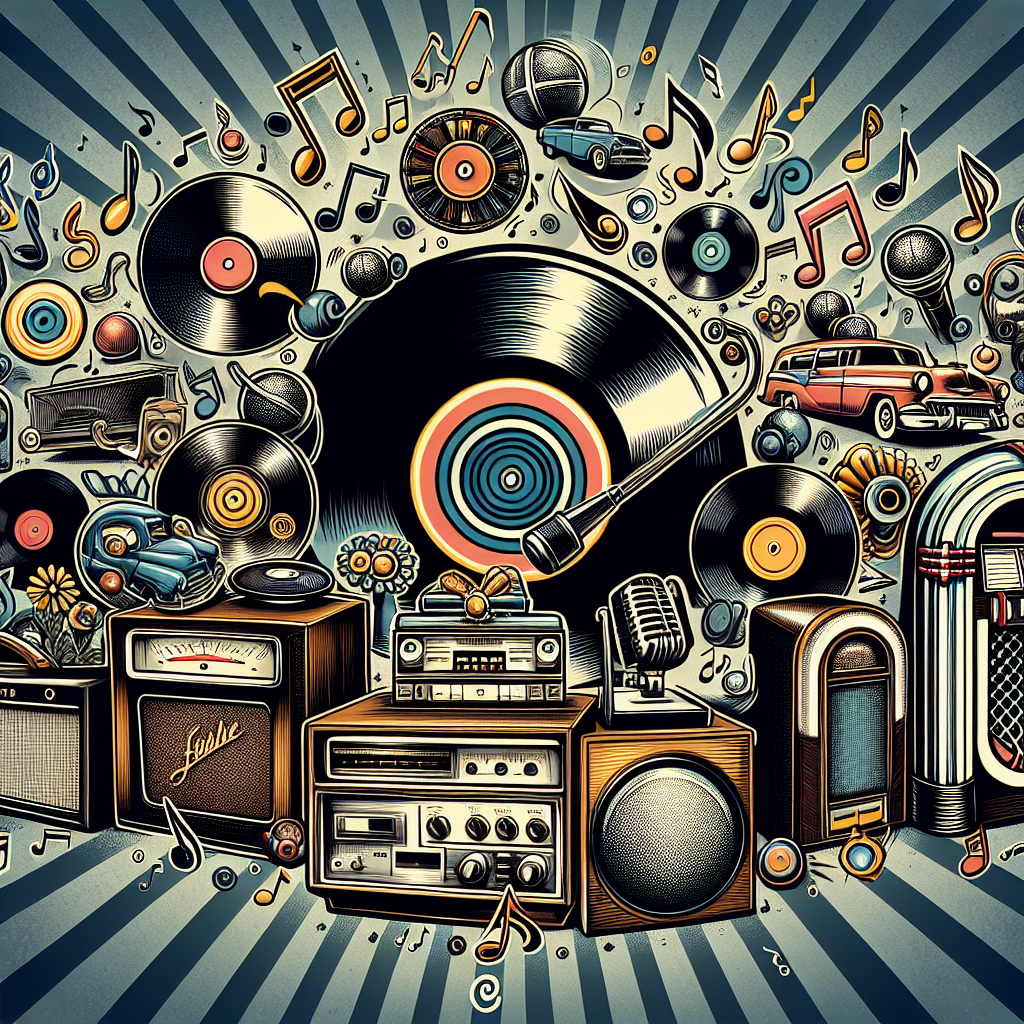Music has always been a powerful force in shaping culture and influencing society. From the 1950s to the 1970s, iconic artists like Elvis Presley and The Beatles revolutionized the music industry and left a lasting impact on generations to come.
The 1950s marked the rise of rock and roll, with Elvis Presley at the forefront of this musical revolution. His electrifying performances and charismatic persona captivated audiences around the world. With hits like “Hound Dog” and “Jailhouse Rock,” Elvis became a cultural phenomenon, challenging societal norms and pushing boundaries with his unique blend of rhythm and blues.
During this time, music was not just about entertainment; it was a reflection of the social and political climate of the era. As politicians grappled with issues like civil rights and the Cold War, artists like Elvis used their platform to address these pressing issues through their music. Songs like “In The Ghetto” highlighted the struggles of poverty and inequality, sparking important conversations about social justice.
The 1960s saw the emergence of another iconic band that would forever change the landscape of music: The Beatles. With their infectious melodies and innovative songwriting, John Lennon, Paul McCartney, George Harrison, and Ringo Starr captured the hearts of millions worldwide. Their influence extended beyond music, shaping fashion trends and even inspiring hairstyles known as “Beatle cuts.”
The Beatles also embraced technology in a way that had never been done before. With groundbreaking albums like “Sgt. Pepper’s Lonely Hearts Club Band,” they pushed the boundaries of what was possible in a recording studio. Their experimentation with new sounds and production techniques paved the way for future generations of musicians to explore uncharted territory.
In addition to their musical contributions, The Beatles were also vocal advocates for peace and love during a tumultuous time in history. Their iconic performance on top of Apple Corps headquarters in London symbolized their message of unity and harmony in a world torn apart by war and division.
As we look back on these iconic artists from the 50s, 60s, and 70s, it is clear that their impact goes far beyond just music. They were cultural pioneers who challenged conventions, inspired change, and brought people together through the power of song. Their influence can still be felt today in everything from fashion to technology to politics.
So let us celebrate these legendary artists for their contributions to our world – they have left an indelible mark on our hearts, minds, and souls that will endure for generations to come.
